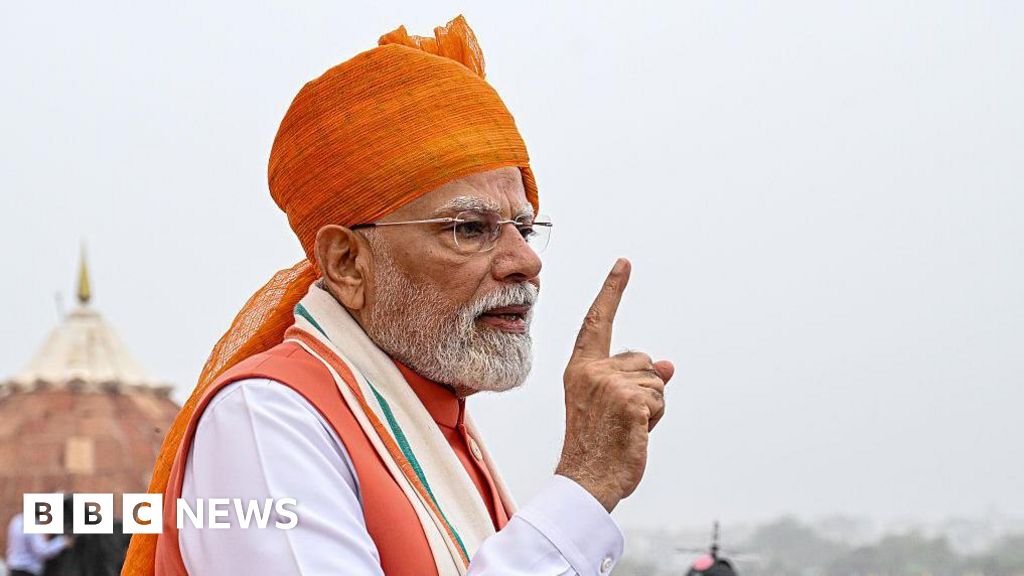On August 27, 2025, U.S. President Donald Trump's administration implemented a staggering 50% tariff on imports from India. This bold move is partly a reaction to India's continued purchase of Russian oil and weapons amid international tensions. The tariffs are among the highest globally, and they include a 25% penalty for Russian transactions, further complicating India's trade landscape.
Prime Minister Modi has characterized these tariffs as unjust and is steadfast in pursuing what he deems the 'best deal' for his nation. He emphasized that India must prioritize self-reliance not merely as a reaction to global pressures but as a matter of national pride. Modi's administration has promised tax cuts to mitigate disruptions caused by these tariffs, directly affecting millions of livelihoods in industries such as textiles, garments, and technology.
Modi's call to action involves a nationwide push for 'Made in India' products, encouraging small businesses to showcase their domestic offerings. This campaign aims to bolster local production and consumption ahead of the festive season. Meanwhile, experts suggest that the GST (Goods and Service Tax) reform could streamline tax structures and enhance economic resilience. With private consumption constituting a significant portion of India's GDP, these reforms and growth-focused policies are crucial for sustaining economic momentum amid external challenges.
Overall, while Trump's tariffs on India pose significant challenges, Modi's aggressive strategies for self-reliance and potential tax reforms aim to turn these challenges into opportunities for growth.
Prime Minister Modi has characterized these tariffs as unjust and is steadfast in pursuing what he deems the 'best deal' for his nation. He emphasized that India must prioritize self-reliance not merely as a reaction to global pressures but as a matter of national pride. Modi's administration has promised tax cuts to mitigate disruptions caused by these tariffs, directly affecting millions of livelihoods in industries such as textiles, garments, and technology.
Modi's call to action involves a nationwide push for 'Made in India' products, encouraging small businesses to showcase their domestic offerings. This campaign aims to bolster local production and consumption ahead of the festive season. Meanwhile, experts suggest that the GST (Goods and Service Tax) reform could streamline tax structures and enhance economic resilience. With private consumption constituting a significant portion of India's GDP, these reforms and growth-focused policies are crucial for sustaining economic momentum amid external challenges.
Overall, while Trump's tariffs on India pose significant challenges, Modi's aggressive strategies for self-reliance and potential tax reforms aim to turn these challenges into opportunities for growth.



















